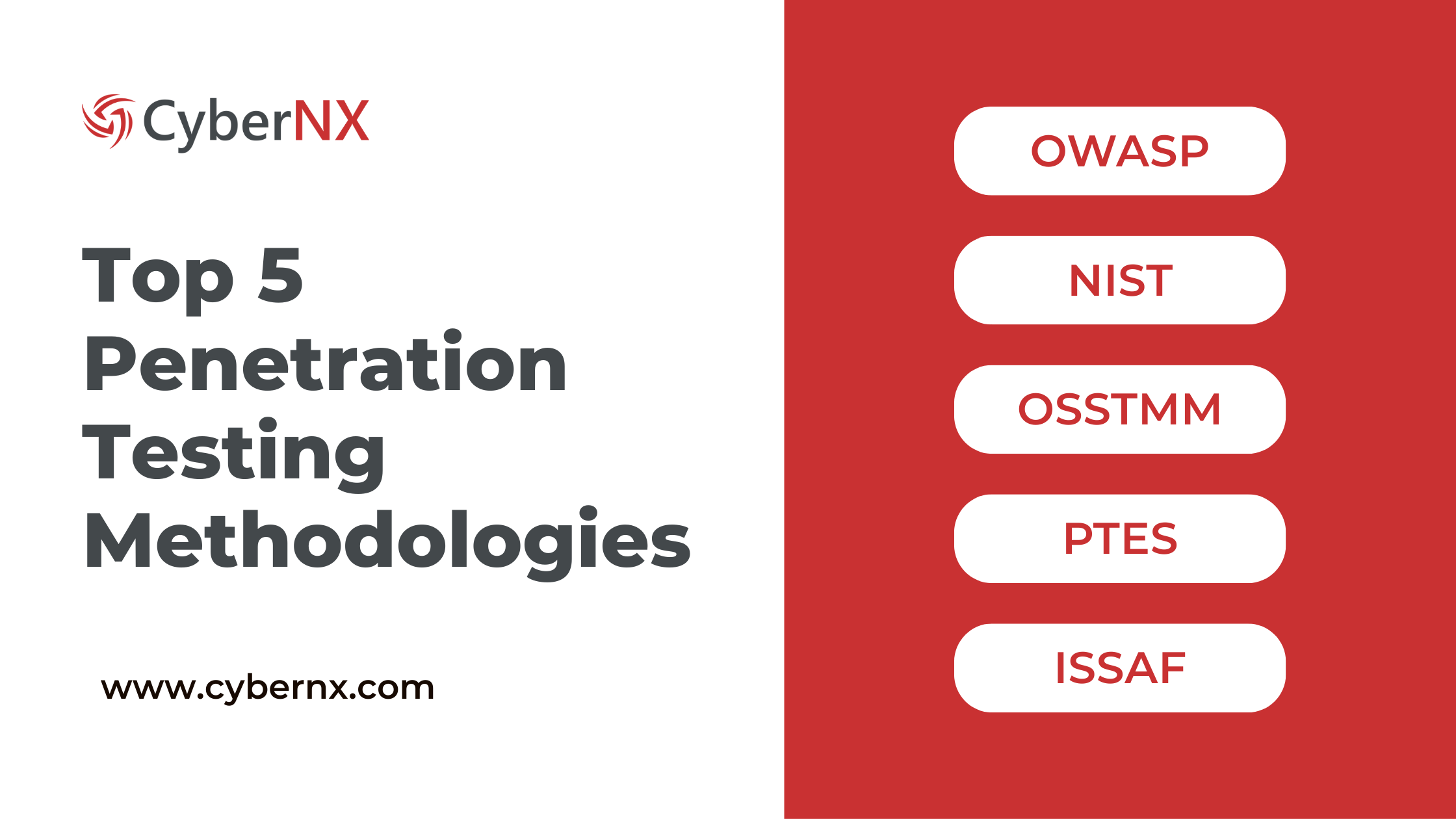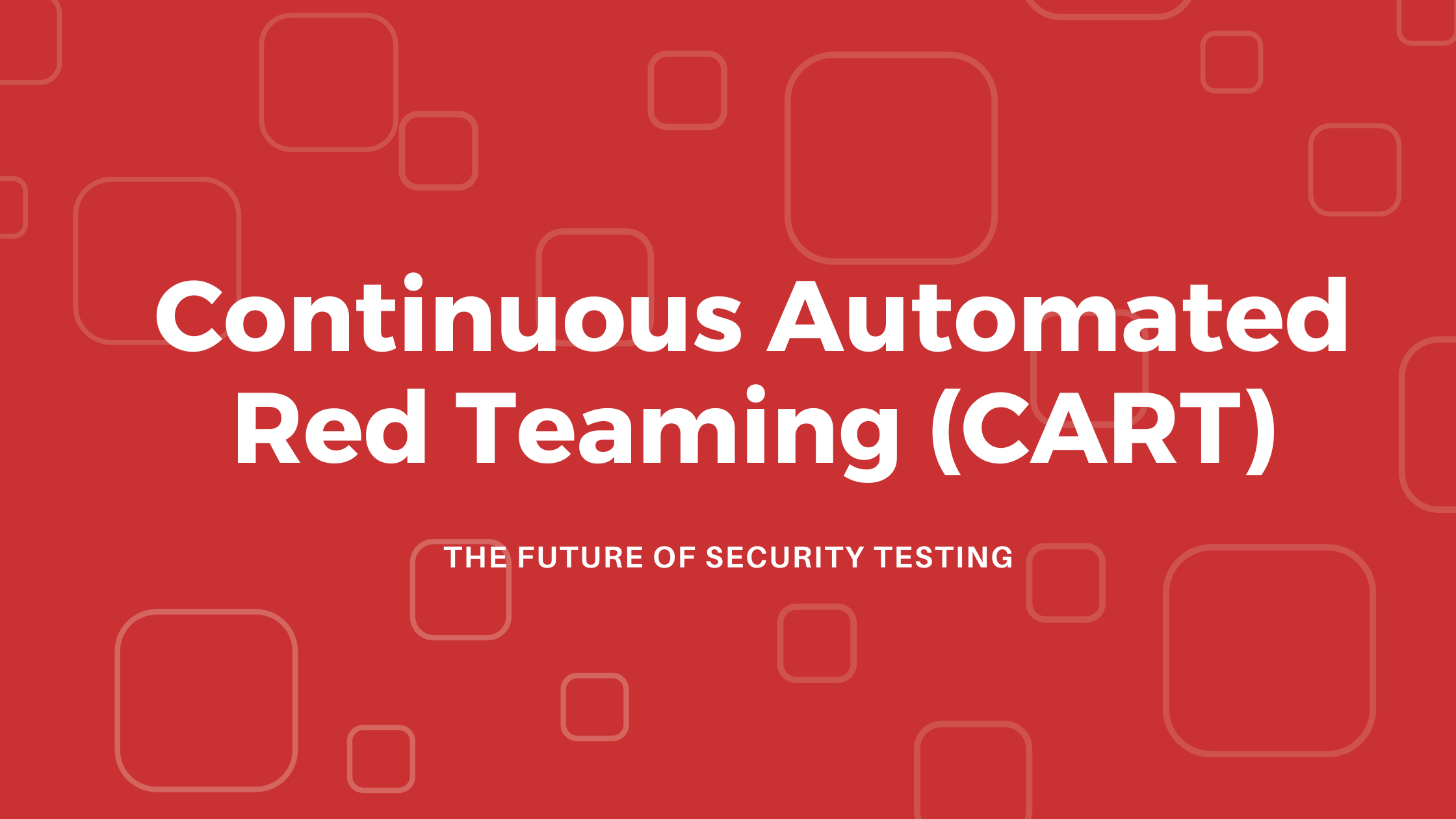
SEBI CSCRF Deadline Extended. Secure Your Organization NOW!
The Securities and Exchange Board of India (SEBI) has recently provided much-needed relief to Regulated Entities (REs) by extending the
Contents
“Are you confident in your cybersecurity?”
For CISOs, CXOs, and IT Managers, that’s the million-dollar question. Understanding the nuances of security testing is paramount for them. Two critical techniques often discussed are Vulnerability Assessment and Penetration Testing. While both aim to bolster security, they serve distinct purposes.
This blog post will clarify the difference between vulnerability assessment and penetration testing services, explaining how and when each should be employed for a robust security strategy.
Vulnerability Assessment and Penetration Testing (VAPT) is a proactive security testing approach that identifies and exploits vulnerabilities in your IT infrastructure before they can be exploited by malicious actors. The primary purpose of VAPT is to uncover security weaknesses and recommend actionable remediation measures. This proactive approach helps in preventing potential data breaches and cyber attacks.
It combines two distinct processes – Vulnerability Assessment (VA) & Penetration Testing (PT)
Want to learn everything about VAPT service, check out our guide on VAPT!
A vulnerability assessment is a systematic process of identifying and documenting security weaknesses within a system, network, or application. Think of it as a comprehensive health check for your digital infrastructure.
Penetration testing, often called “ethical hacking,” takes a more aggressive approach. It simulates real-world cyberattacks to uncover vulnerabilities and assess their exploitability.
| Parameter | Vulnerability Assessment | Penetration Testing |
| Purpose | Identify and document vulnerabilities. | Exploit vulnerabilities and assess their impact. |
| Main Goal | Discover potential weaknesses. | Determine exploitability and potential damage. |
| Focus Area | Entire infrastructure (systems, networks, applications). | Specific systems, applications, or attack vectors. |
| Scope | Broad, comprehensive. | Narrow, focused. |
| Approach | Proactive, broad scan. | Reactive, targeted attack simulation. |
| Frequency | Regular, ongoing monitoring. | Periodic, targeted testing. |
| Depth of Testing | Superficial, identifies potential weaknesses. | Deep, explores how vulnerabilities can be exploited. |
| Methodology | Automated scanning, manual review. | Manual testing, social engineering, exploitation. |
| Outcome | Report of identified vulnerabilities. | Report detailing exploited vulnerabilities and potential impact. |
Knowing when to use each technique is critical for a robust security posture.
Vulnerability Assessment Use Cases:
Penetration Testing Use Cases:
Vulnerability assessment and penetration testing services are not competing security strategies; they are complementary techniques that, when used together, provide a comprehensive and robust approach to cybersecurity. They address different aspects of security testing and offer unique insights into an organization’s security posture.
The key difference lies in their scope and depth. VA provides a broad overview of potential weaknesses, while PT delves deep into the most critical ones to assess their exploitability.
A common and effective approach is to use VA and PT in a phased manner:
Understanding the difference between vulnerability assessment and penetration testing services is essential for any organization looking to strengthen its cybersecurity defenses. Vulnerability assessments provide a broad overview of potential weaknesses, while penetration testing simulates real-world attacks to uncover exploitable vulnerabilities. By incorporating both techniques into your security strategy, you can gain a comprehensive understanding of your security posture and effectively mitigate risks.
Contact CyberNX Technologies, a CERT-In empanelled VAPT provider, to learn how we can help you implement a robust vulnerability management program.
Why do I need both a vulnerability assessment and penetration testing?
Ans: They serve different but complementary purposes. VA gives you a broad view of your security posture, while PT provides a deep dive into the most critical vulnerabilities. Using both gives you a comprehensive understanding of your risks.
Which one should I do first: vulnerability assessment or penetration testing?
Ans: Generally, it’s best to start with a vulnerability assessment. This helps identify and prioritize potential weaknesses, allowing you to focus your penetration testing efforts on the most critical areas.
Who should conduct vulnerability assessments and penetration tests?
Ans: Ideally, both should be performed by qualified security professionals. For penetration testing, it’s often best to engage an independent, certified third-party, like CyberNX Technologies, a CERT-In empanelled VAPT provider, to ensure objectivity and expertise.
Can a penetration test find vulnerabilities that a vulnerability assessment missed?
Ans: Yes, sometimes. Penetration testers may uncover vulnerabilities that automated tools missed or identify vulnerabilities arising from the interaction of multiple systems.
How do I use the results of a vulnerability assessment and penetration test?
Ans: The reports from both tests provide actionable insights for improving your security posture. Prioritize remediation efforts based on the severity and potential impact of the identified vulnerabilities.
How can CyberNX Technologies help me in VAPT?
Ans: CyberNX Technologies is a CERT-In empanelled VAPT provider, ensuring high standards and credibility. CyberNX Technologies offers a wide range of VAPT services, including vulnerability assessments, penetration testing, and security audits. Contact us to discuss your specific needs.
Share on
RESOURCES

The Securities and Exchange Board of India (SEBI) has recently provided much-needed relief to Regulated Entities (REs) by extending the

Cyberattacks are a constant threat. But what if you could fight fire with fire? Penetration testing methodologies are the tools

In the fast-paced world of cybersecurity, staying ahead of evolving threats requires more than just reactive measures. CISOs, CXOs, and
RESOURCES
Cyber Security Knowledge Hub
Copyright © 2025 CyberNX | All Rights Reserved | Terms and Conditions | Privacy Policy